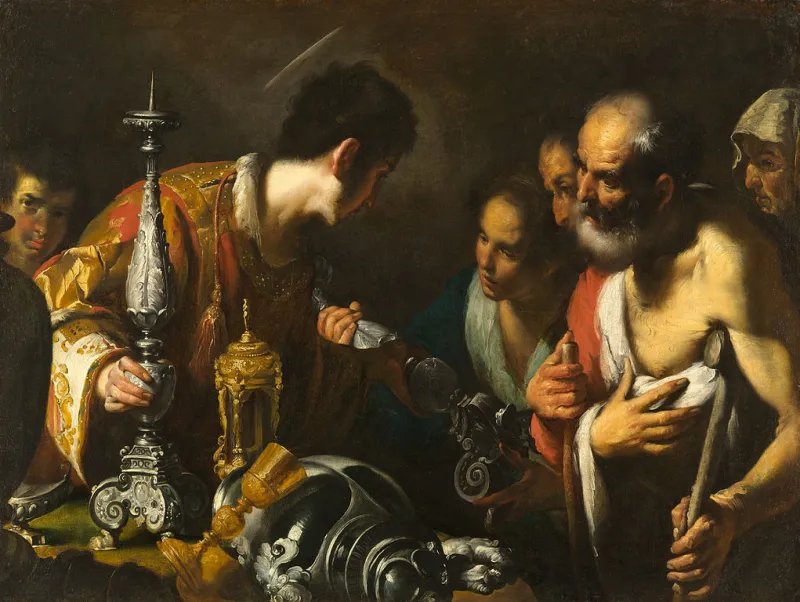
Washington D.C., Jul 14, 2023 / 14:50 pm (CNA).
A federal appeals court ruled that a Catholic school in Indiana is allowed to hold its leaders to moral religious standards after the institution refused to renew an employee’s contract because she violated Catholic teaching.
Roncalli High School, which is under the authority of the Archdiocese of Indianapolis, refused to renew the contract of a guidance counselor named Michelle Fitzgerald because she entered into a homosexual civil marriage with another woman. The school argued that this violated both Catholic teaching and Fitzgerald’s contract with the school, which requires her and other employees to uphold the Catholic faith in word and in deed.
Although the court’s decision stated that Title VII of the Civil Rights Act “prohibits this kind of sex discrimination,” it found that Fitzgerald’s role as a guidance counselor at a Catholic school fell under the “ministerial exception.” This exception allows religious institutions, such as Catholic schools, to hold employees to religious moral standards if those employees are serving in a religious role or performing religious duties.
“Our precedent makes clear that Fitzgerald was a minister at Roncalli and that the ministerial exception bars this suit,” the court ruled.
The school was represented by Becket Law, a nonprofit that provides pro bono legal assistance in defense of religious liberty.
Joseph Davis, who serves as legal counsel at Becket, said in a statement that the ruling was “common sense” and that “decisions about who conveys the Catholic faith to Catholic school children are for the Church, not the government.”
“Religious schools exist to pass on the faith to the next generation and to do that, they need the freedom to choose leaders who are fully committed to their religious mission,” Davis added. “The precedent keeps piling up: Catholic schools can ask Catholic school teachers and administrators to be fully supportive of Catholic teaching.”
The court explained that the exception is grounded in the First Amendment of the Constitution, which states that “Congress shall make no law respecting an establishment of religion, or prohibiting the free exercise thereof.”
The ruling cited Supreme Court precedent, which states that “requiring a church to accept or retain an unwanted minister, or punishing a church for failing to do so, intrudes upon more than a mere employment decision” and is in violation of the First Amendment.
According to the court ruling, Fitzgerald’s role included assistance in students’ faith formation and attending church services. She also served on the school’s administrative council, which engages in religious planning and discussion, the court found. The ruling noted that Fitzgerald participated in the council’s discussion on some religious matters, which included the school’s policies related to students who identify as transgender.
“Fitzgerald now contends that she exaggerated her involvement in the religious components of the school because ‘it was part of the rubric’ and she ‘wanted to get a raise in pay,” the court said in its ruling.
“But this does not help her case,” the decision noted. “Even if we accept that she exaggerated on her evaluation and did not actually perform these religious duties, the fact that she mentioned these activities in her self-evaluation to get a raise supports that she understood these criteria to be important to the school.”
If Fitzgerald appeals the ruling, the next stop would be the U.S. Supreme Court.
If you value the news and views Catholic World Report provides, please consider donating to support our efforts. Your contribution will help us continue to make CWR available to all readers worldwide for free, without a subscription. Thank you for your generosity!
Click here for more information on donating to CWR. Click here to sign up for our newsletter.






Leave a Reply